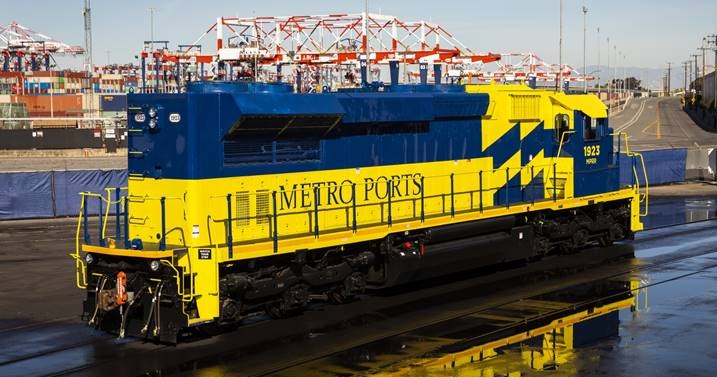Metro Ports Achieves Major Emissions Reduction at the Port of Long Beach
Posted April 8, 2025
Long Beach, CA –April 8, 2025 – Metro Ports is proud to announce today a significant environmental milestone in their voluntary efforts to reduce greenhouse gas emissions. A new review of their 2023-2024 emissions data confirms that our transition to renewable diesel (R99) has led to an 85% reduction in carbon emissions from Metro’s Port of Long Beach operation
A Cleaner Future with Renewable Diesel By switching from conventional diesel to R99 renewable diesel—made from renewable sources like used cooking oil and agricultural waste—Metro Ports has drastically cut its carbon footprint while continuing to grow its operations. The latest emissions study found.
Learn More ...Metro Ports is pleased to announce the start of new operations in Washington’s Port of Vancouver - Terminal 2
Posted January 1, 2022
Vancouver, WA, January 1, 2022 - Metro Ports is pleased to announce the start of new operations in Washington’s Port of Vancouver - Terminal 2, handling copper concentrate and clay products. The bid was awarded in the fourth quarter of 2021 for an official start on January 1, 2022. This is an exciting opportunity for Metro Ports to expand our operations on the US West Coast and continue in our organization’s mission to invest in improving and modernizing terminal operations in order to increase volume and decrease environmental impacts.
Metro Ports Introduces Cleaner Locomotive Engine in Long Beach
Posted February 1, 2021
LONG BEACH, CA, February 1, 2021 – Metro Ports, a nationwide leader in stevedoring services, announced today another step in its ongoing commitment to environmental excellence by purchasing a second, ultra-low emissions (“Tier 4”) locomotive engine for its Pier “G” operations at the Port of Long Beach.
The first unit, produced by “National Railway Equipment Company”, was purchased when the technology was still considered experimental. With their recent $1.2M investment, Metro Ports expects to reduce air emissions such as nitrogen oxides (NOx), particulate matter (PM) and reactive organic gas (ROG) by over 4.5 tons over the next 15 years. This represents a significant improvement in air quality emissions over the local industry standard of currently operating Tier 2 equipment. The "Tier" number is a classification assigned to operating equipment by the U.S. Environmental Protection Agency (“EPA”), with a higher tier being assigned to cleaner-burning equipment with lower emissions. These improvements are not required by regulatory agencies but a voluntary, proactive step to lead the charge in environmental stewardship.
Learn More ... 